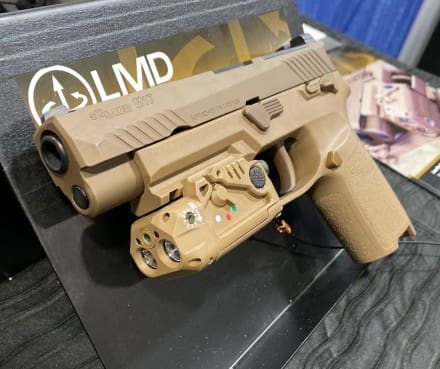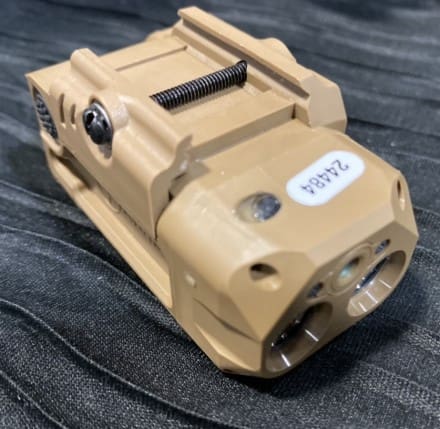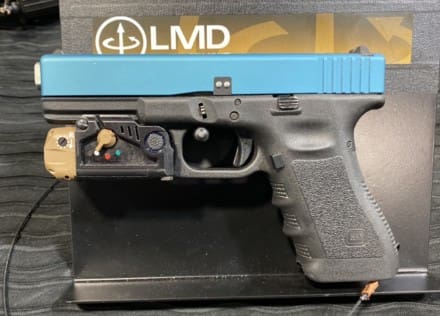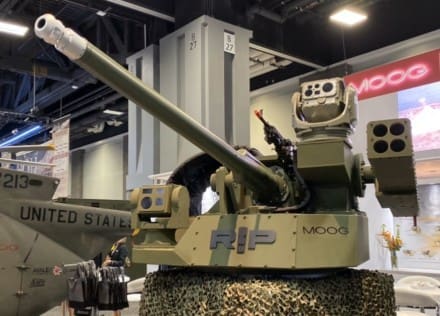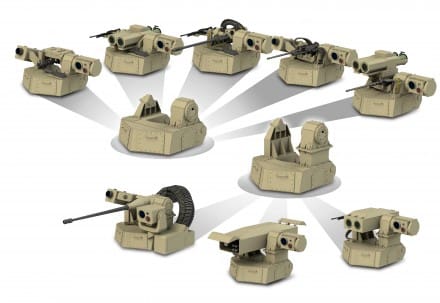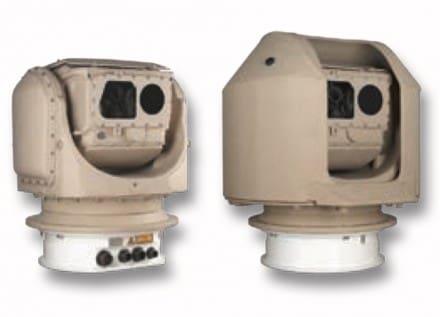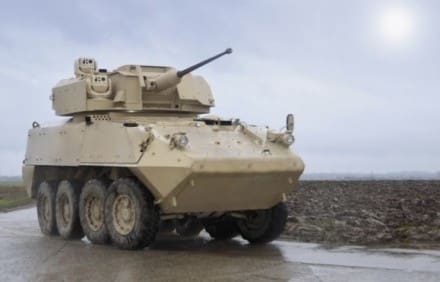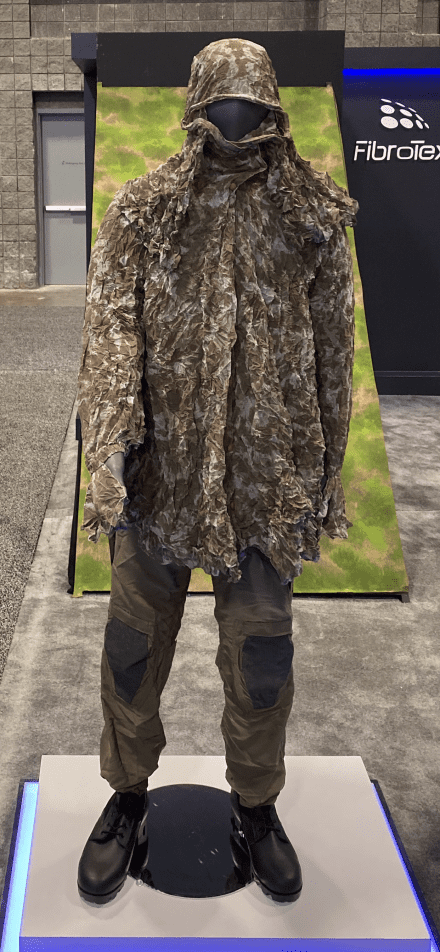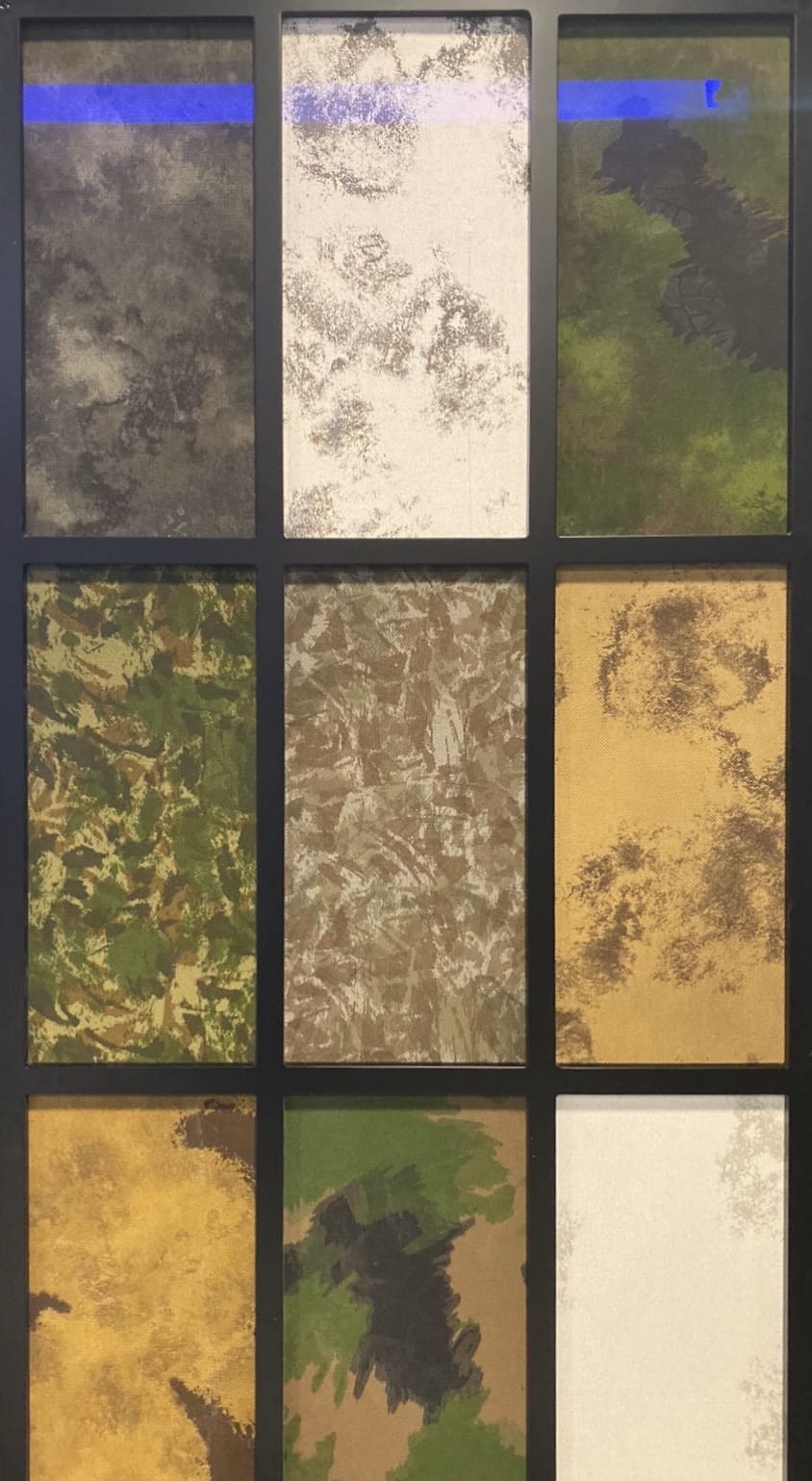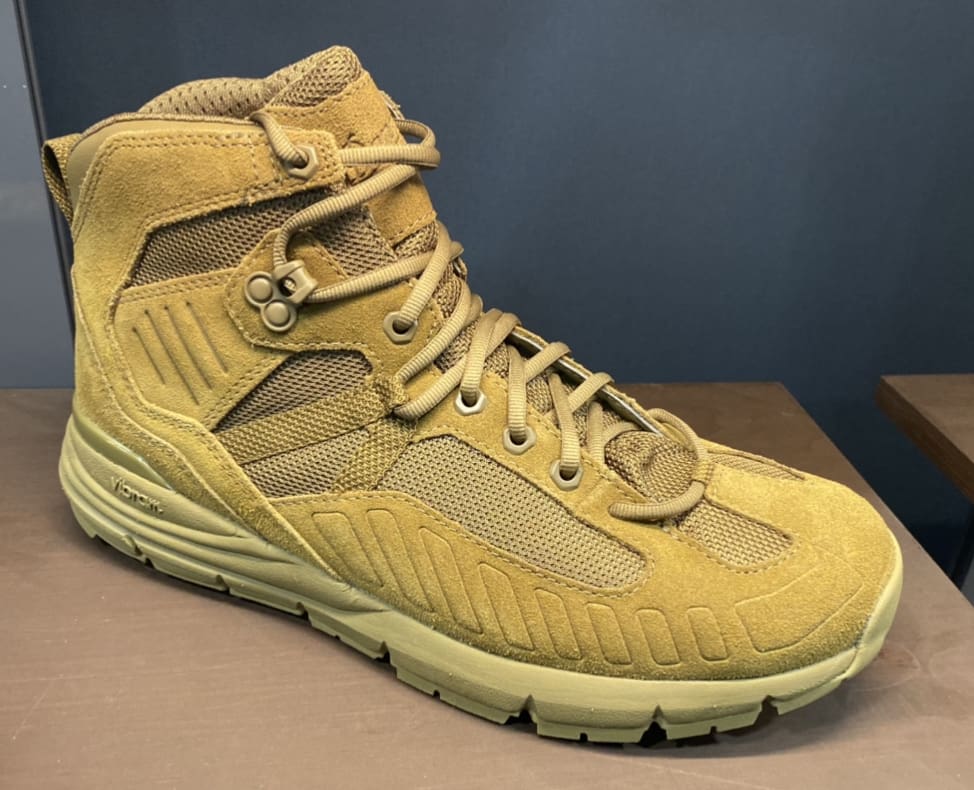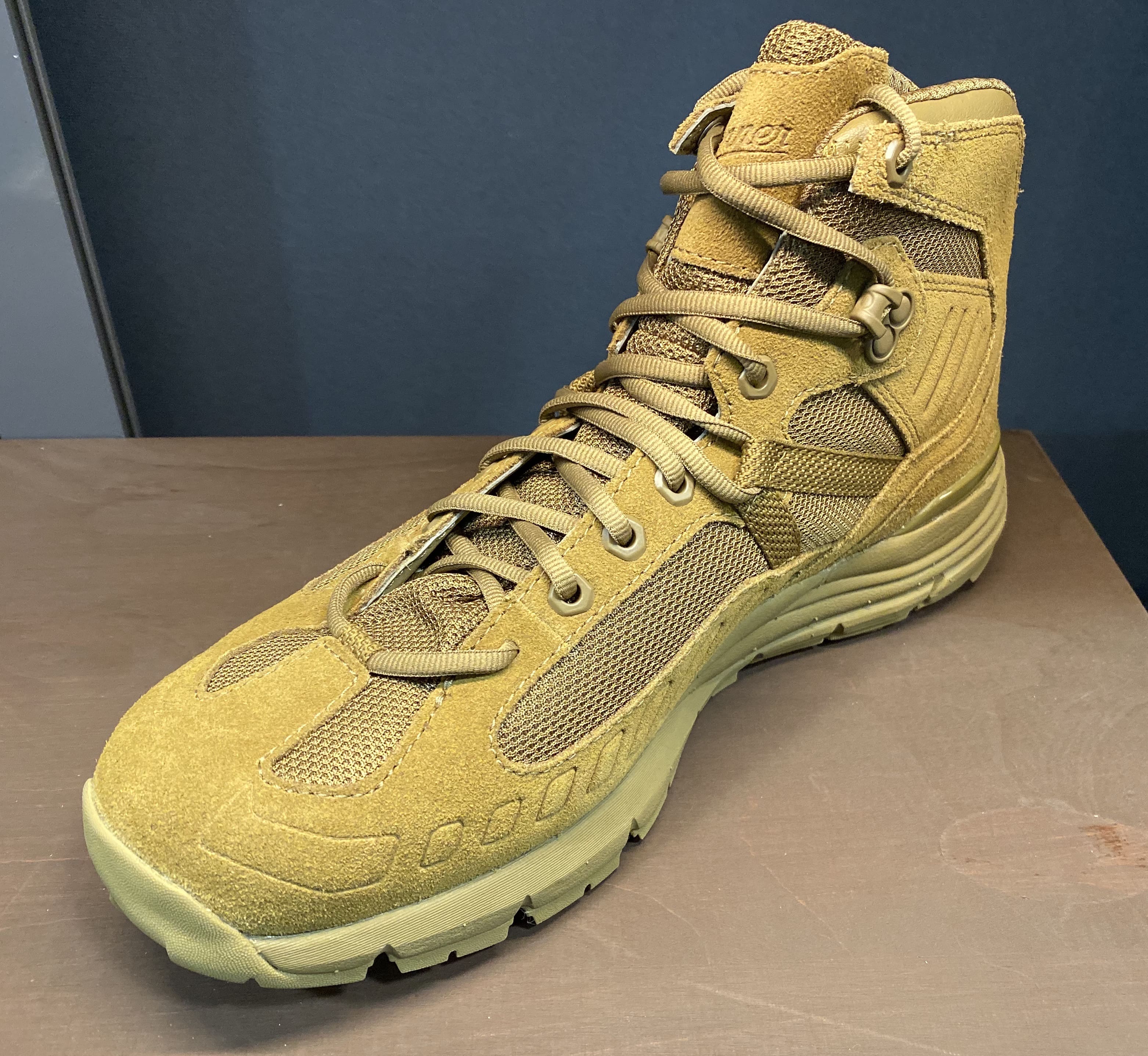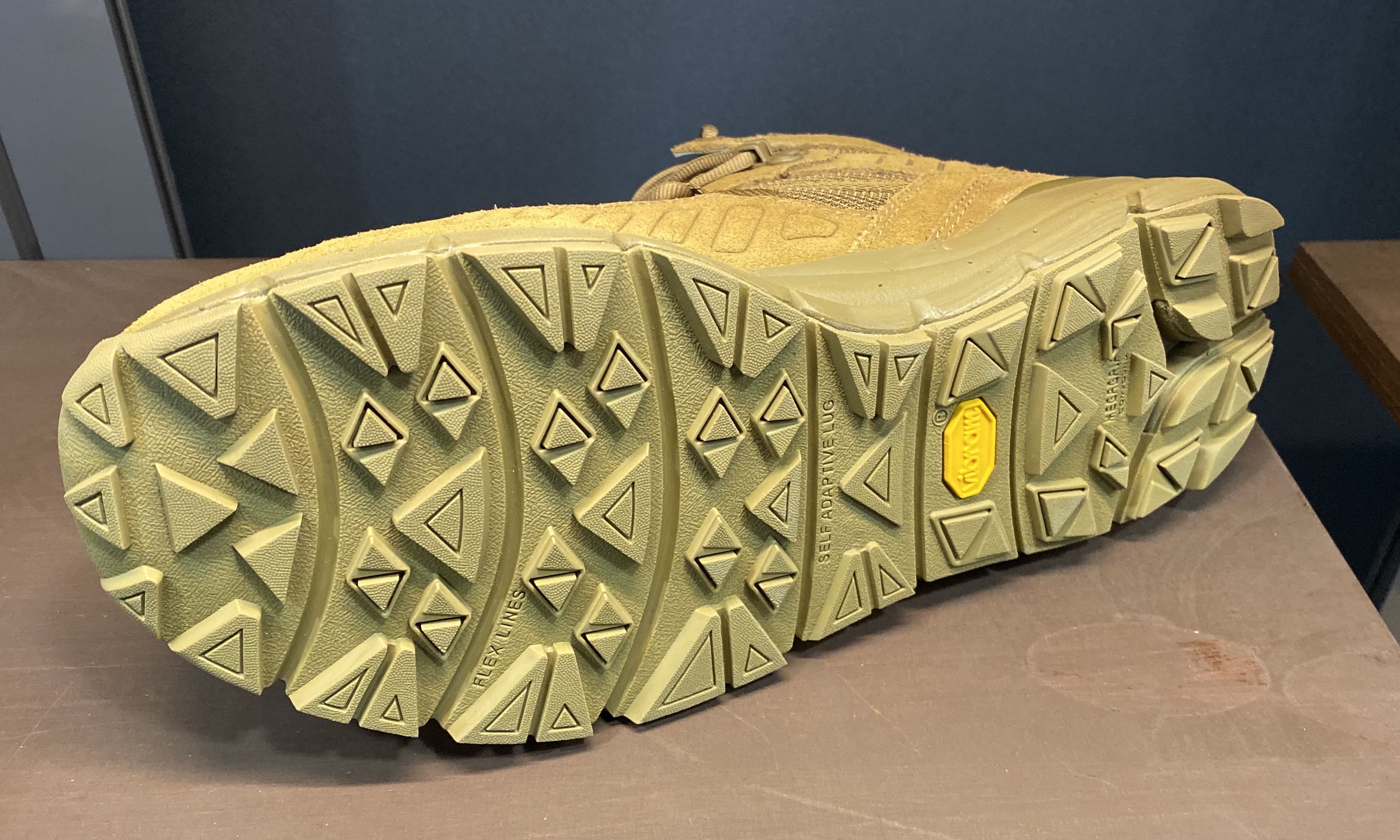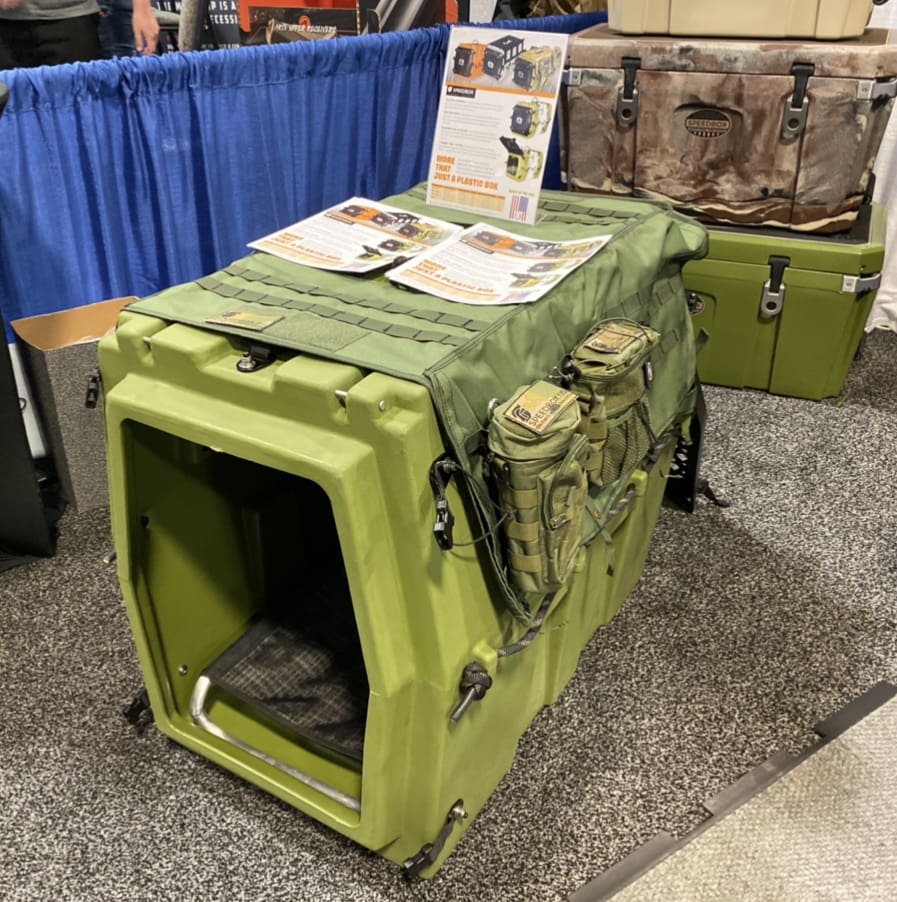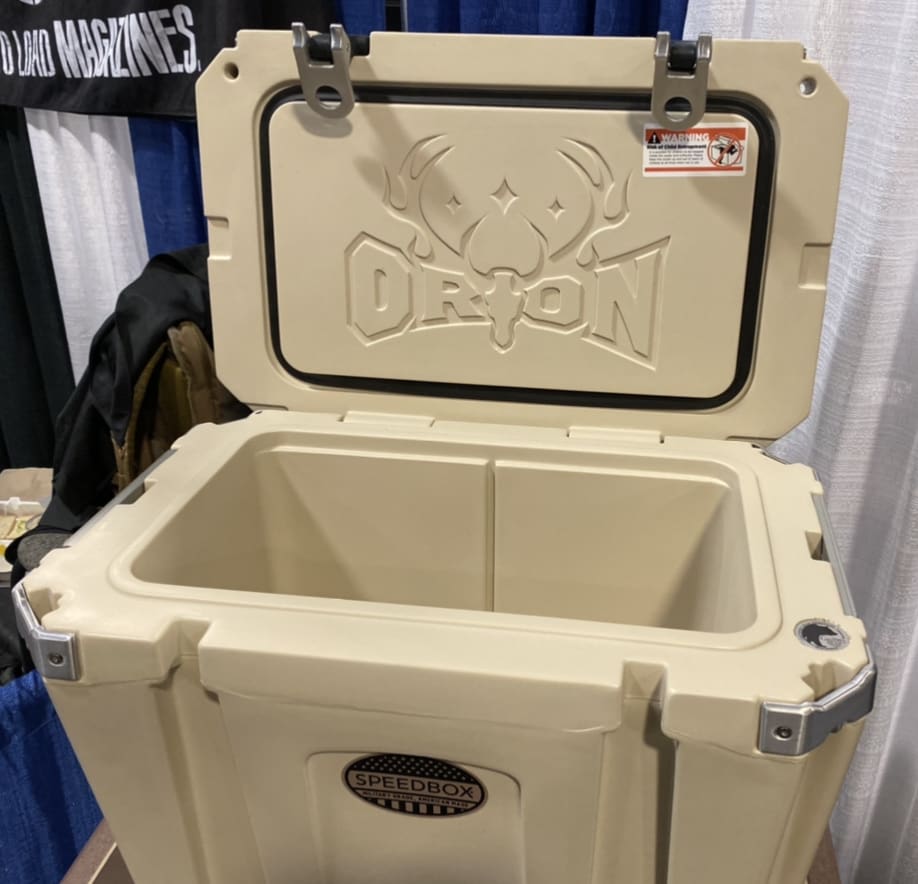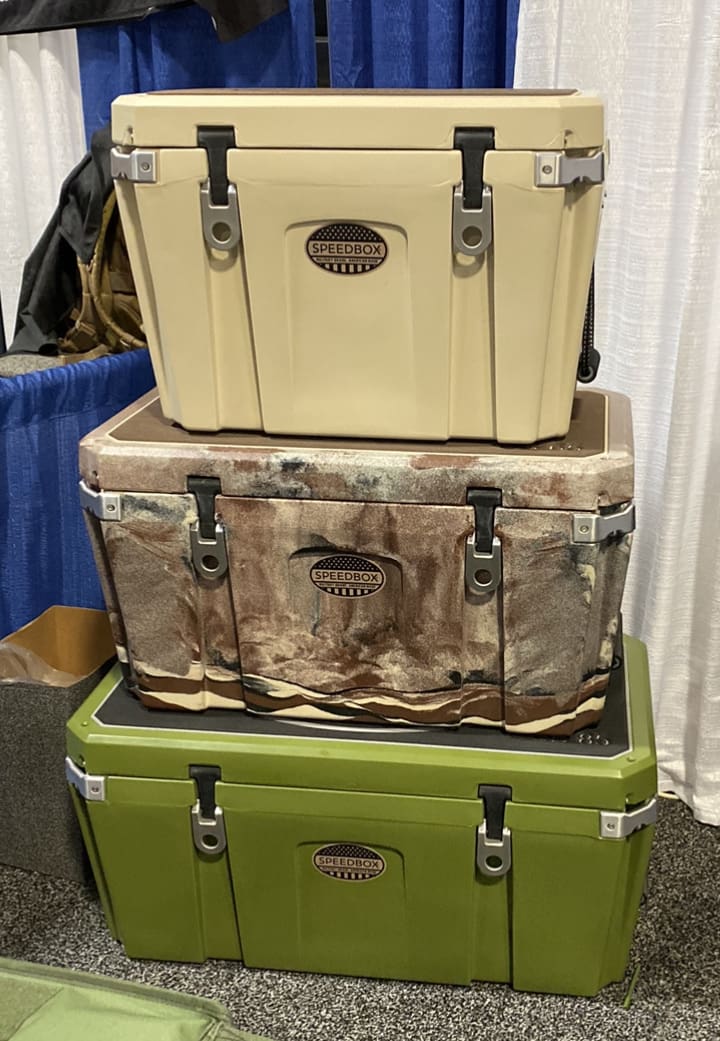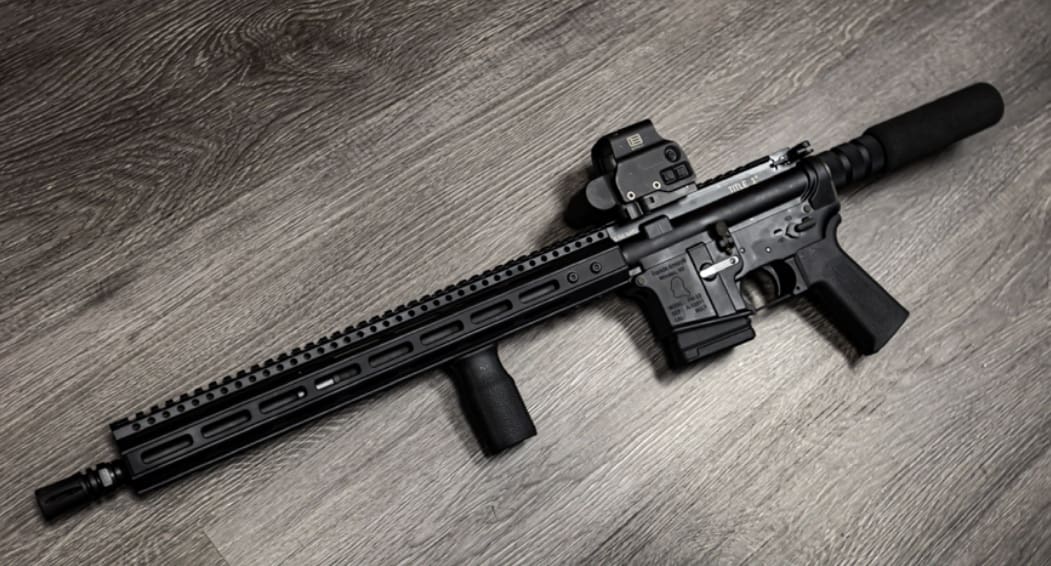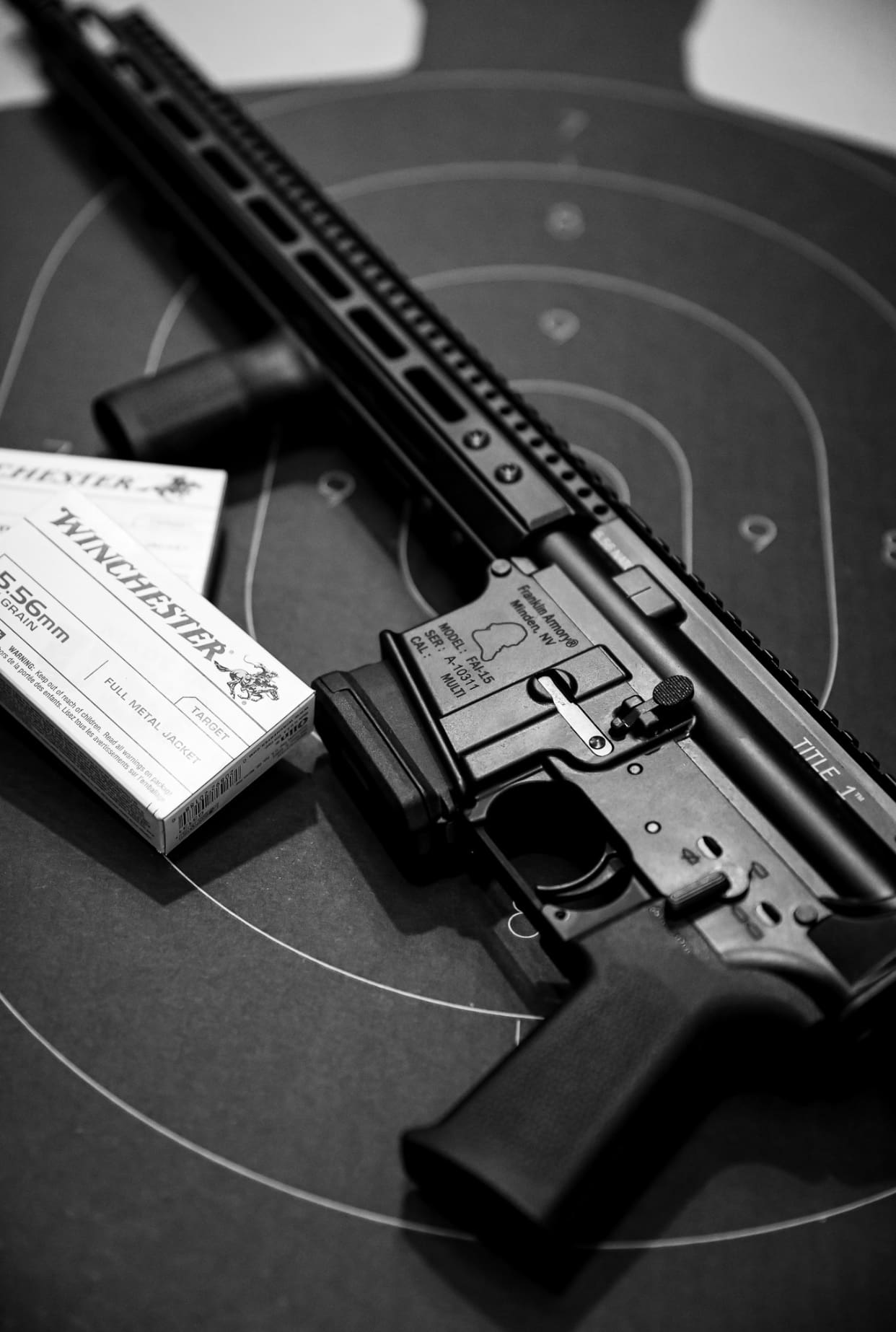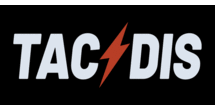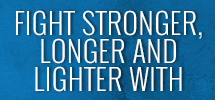
WASHINGTON — As Army Soldiers start preparing for the new Army Combat Fitness Test, behind the scenes Army logisticians are also preparing to distribute more than 36,000 equipment sets to conduct the new test.
At a recent Facebook Live event, watched by more than 150,000 viewers, Sergeant Major of the Army Michael Grinston encouraged all Soldiers across each component to begin training now. The Army released a training guide with exercises from the Field Manual to help Soldiers successfully prepare with or without the equipment (training guide: www.army.mil/e2/downloads/rv7/acft/acft_training_guide_final).
Equipment will begin arriving to Active Duty, Reserve, and National Guard units in January 2020, with issue of the equipment complete by May 2020 — at least five months before the test is slated to become the Army’s official physical evaluation.
During the Facebook Live event, viewers posted more than 2,700 questions and comments — many concerning equipment. Here are answers to the top six questions that were posed related to fielding the ACFT equipment:
Q1. What pieces of equipment are required to conduct the new test?
A1: A complete set of ACFT equipment includes deadlift hex bars with weights and collars, nylon drag sleds with straps and plates (each weighted with two, 45-pound plates), one 10-pound medicine ball, and two 40-pound kettle bells. Units also will need a location to do leg tucks and a 2-mile run.
Q2. Who will get the equipment first?
A2: The Army has established a regional approach. The first units to receive AFCT equipment will be in the southeast region of the United States. This will be followed by units in the Southwest, OCONUS, Northeast, Midwest, and Northwest.
Q3. Will Reserve and Guard units, or Active units in remote locations, have to wait longer for their equipment?
A3: No. Distribution is based on geography, not by component. In fact, seven Reserve battalions, seven Guard units, one recruiting battalion, and one ROTC battalion were part of the initial 63-battalion pilot test to evaluate and solve logistical challenges involved with remote locations. The Army has several remote locations across all components to include more than 1,500 recruiting stations, overseas assignments, Reserve and Guard unit locations, fellowships and training assignments that take Soldiers far from normal military base support. Additionally, training programs and equipping strategies are being developed in close coordination with all components.
Q4. Who is responsible for fielding the equipment?
A4. The U.S. Army Tank-automotive and Armaments Command (TACOM) will serve as the lead to distribute equipment. U.S. Army Training and Doctrine Command (TRADOC), with the U.S. Army Center for Initial Military Training (USACIMT), have worked hard to develop the program. Army G-4 is providing policy and program guidance.
Q5. What resources will be provided until the equipment arrives?
A5. Soldiers do not need to wait for the equipment to start training to improve their flexibility, mobility, agility, and core strength. The Army released a training guide with exercises from the Field Manual to help Soldiers successfully prepare with or without the equipment (training guide: www.army.mil/e2/downloads/rv7/acft/acft_training_guide_final). The Army has also established Mobile Training Teams that will conduct site visits and provide training to units across the Army. In addition, the Army has produced training videos and online resources, which can be found at www.army.mil/ACFT.
Q6. Can a unit use equipment we previously purchased for training and testing?
A6. Units can use equipment they have on hand for training, but not for testing. Standardization is important, particularly on items like the sled, hex bar, and 10-pound medicine ball. For example, if the ball the unit has is bigger than the standard ball, it may be too large for Soldiers to grip and impact the test. Once the equipment is fielded, units will be able to order replacement parts through GCSS-Army.
By Ms. Ilene S Zeldin (G4)
